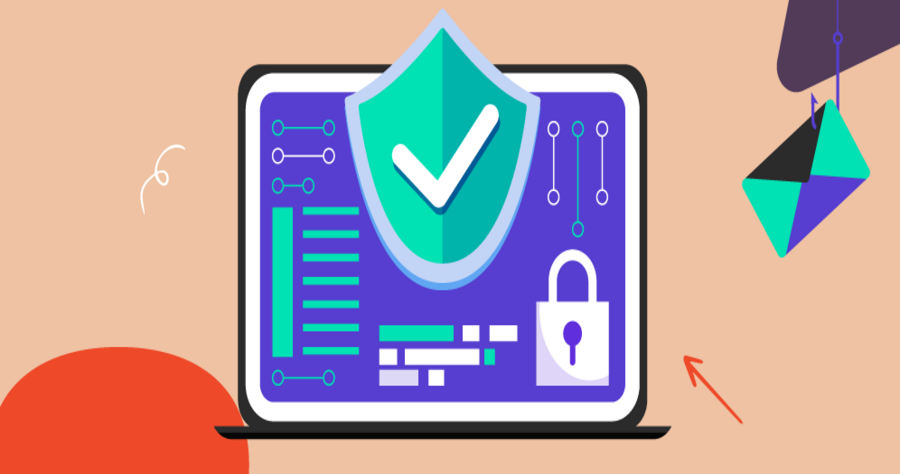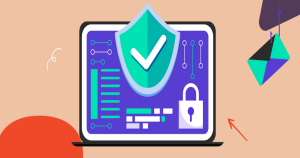In a time when the online world is very important for business work and personal talks, you need to protect your website really badly. Cyber threats are changing, and to be one step ahead we need a active way. In this tech blog, we will study the details of doing a website security check. We will give you full instructions to protect your internet safety place.
Learning about the Main Role of Security on a Website.
Before starting the audit process, it’s really important to understand why website security is so key. A break not only can put important data at risk, but it may also harm your brand name and lose the trust of users. Doing regular security checks is like making your online strong walls stronger. This helps protect against many different cyber dangers.
1. Identifying Vulnerabilities:
Weak Points in the System: A safety check finds weaknesses in your website, like weak spots in the code and old software. It also helps see ways cyber criminals might sneak in.
Protecting User Data: For websites that look after user stuff like personal data or money facts, checks for safety are vital to protect these important details from people who shouldn’t see them.
The Simple Guide to Checking a Website’s Safety.
1. Inventory of Assets:
Websites, Subdomains, and Web Applications: Begin by making a list of all your digital items. Add main websites, smaller parts of them called subdomains and any online services connected to your presence on the internet.
Third-Party Services: Find and write down all outside services linked into your website. This might involve things like ways to pay, tools for analysis or add-ons on social media.
2. Reviewing Hosting and Infrastructure:
Server Configuration: Check your computer setup to make sure it follows top ways for safety. This means making sure you have the right permission to access files, turning off services that are not needed and using firewalls.
Content Delivery Network (CDN): If you’re using a CDN, check its security features and setups to make your website safer overall.
3. Web Application Security:
Code Review: Check your website’s code carefully to find and fix weaknesses. Check for usual problems like SQL injection, cross-site scripting (XSS), and unsafe direct object references.
Security Headers: Make sure security parts like Content Security Policy (CSP) and HTTP Strict Transport Security (HSTS) are set up right to boost defense against many kinds of assaults.
4. Authentication and Authorization:
User Authentication: Check how people check if they are who they say. Make good rules for password, use more than one way to prove you are real (MFA) and manage sessions safely so hackers can’t get in easily.
Authorization Controls: Check the rules that confirm if users have the right level of access and permission.
5. Data Encryption:
SSL/TLS Implementation: Look at how SSL/TLS protocols are put into practice to protect data sending. Make sure all important private details, especially when logging in and making payments, are hidden with a code.
Data Storage Encryption: If your website keeps user information, use protection for data not moving to stop people without permission from getting access if a loss of info happens.
6. Security Patching and Updates:
CMS and Plugins: If your website needs a Content Management System (CMS) like WordPress, make sure you keep the main part and any extra tools up-to-date. This helps fix known weaknesses in them.
Server Software: Stay updated with server software to get the best from safety fixes and enhancements. Keep your operating system, web server program, and any other needed parts always up to date.
7. Network Security:
Firewall Configuration: Check and improve your firewall settings to manage incoming and outgoing traffic. This is very important to stop unwanted entry and reducing attacks called Distributed Denial of Service (DDoS).
Intrusion Detection Systems (IDS): Think about using IDS to watch and find strange or bad things happening on your network.
8. Monitoring and Logging:
Event Logging: Make sure your website keeps track of what happens and is done. Check logs often for odd actions and set up alarms to watch in real-time.
Security Information and Event Management (SIEM): Use SIEM tools to join and study safety event information from various places. This will help find dangers better.
9. Incident Response Planning:
Response Team: Create a team to handle incidents and set out the duties of each person. This group should be ready to act quickly if a security problem happens.
Incident Simulation: Do regular drills or simulations to check how good your plan is for handling incidents and find areas that need fixing.
Difficulties in Website Security Checks and Top Tips for Beating Them.
1. Resource Constraints:
Prioritization: Arrange security tasks in order of possible dangers and give resources as needed. Concentrate on important parts first and slowly make the audit bigger over time.
Automated Tools: Use automatic security check tools to quickly find out simple weaknesses and let people focus on harder checks.
2. Complexity of Web Applications:
Segmented Assessments: Look at big online apps in smaller parts to check and measure. This method lets us study more deeply and find specific weaknesses.
Specialized Expertise: Think about getting cyber security help from people who know a lot about keeping websites safe. Have them do full checks to make sure everything is secure.
3. Continuous Monitoring and Adaptation:
Continuous Assessment: Understand that security is something you need to keep working on. Use ongoing checking and review systems to change with the shifting danger situation.
Feedback Loops: Make a connection between your security team and development teams to share feedback. This makes sure that things learned from checking security are used for building future practices.
Conclusion: A Resilient Digital Presence
Checking a website’s security is not only done once, but it’s an ongoing promise to keep your online presence safe. By carefully checking and making stronger every part of your website, you make a strong online castle that can handle the changing world of internet danger.
In a time when data leaks and web attacks are sadly normal, taking active steps to protect your website is not just suggested – it’s essential. By doing what this simple guide says, your group can feel good about being on the computer world. This is because your website will be safe from any problems that could happen. A safe website is not just a high-tech thing. It’s like guarding your data and users online when you surf the wide world of internet things.

